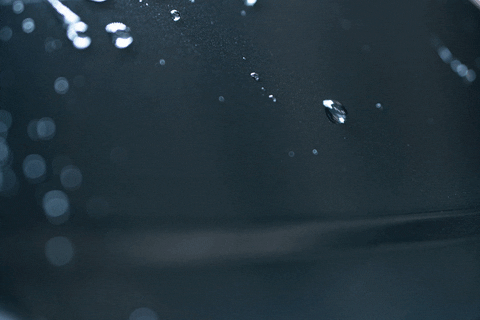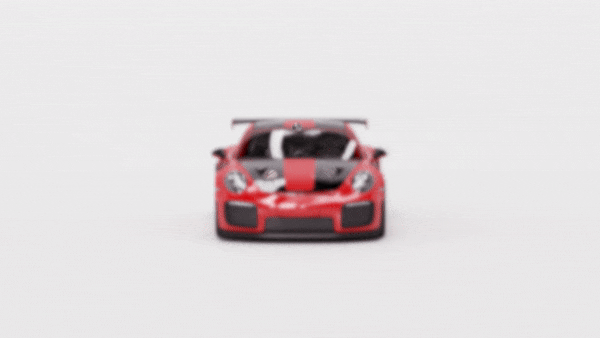What is Nanoceramic?
Everything you need to know and why you should are about it.
Posted: 04/10/2022
Protect Automotive

You may have heard the term "nanoceramic" before, but do you actually know what it means? With such an exciting technology progressing at such a fantastic pace, the term "nanoceramic" is becoming more and more of a buzz word in the automotive industry, and we're here to tell you that not only does it sound good, it should absolutely matter to you.
What does "nanoceramic" mean anyway?
Where did it come from? Did it come from space? Is it an alien technology? Thankfully, nanoceramic coatings are terrestrial and only exist to protect.
Definition: nanoceramic
The term nanoceramic can be broken down into two parts - nano which basically means "very tiny" (smaller than 100 nanometers), and ceramic which typically refers to a very hard, brittle material.
In the context of materials chemistry - a nanoceramic coating is simply one where we suspend nano-sized ceramic particles (nanoparticles) into a polymer coating that can be applied to a surface to protect it.
Nanoceramic coatings start with a polymer base that has tiny ceramic nanoparticles suspended within it. These tiny particles are less than 100 nanometers in diameter (hence the name NANOceramic), which makes them virtually invisible to the eye when suspended in the coating. The ceramic nanoparticles that we're talking about here are usually made of a material that has high hardness, which means they don't scratch easily.
These nanoceramics can be used to protect many types of surfaces by bonding, either chemically or by filling microscopic imperfections in that surface, to create a glass-like shield layer. This defensive layer provides an unmatched hardness and clarity because, as the name implies, the ceramic material suspended within the coating is so small that it is virtually flawless.
Nanoceramics have grown hugely in popularity over the last 10 years, and are now becoming common not only in the automotive industry, but for tons of other applications, like that screen on your brand-new smart phone.
The beauty of these nanoceramic coatings is that you can also embed a variety of nanoparticles into the coating to give it different properties. Beyond their use as a protective layer against pitting and scratching, they can also make surfaces more water-repellant (aka hydrophobic) or UV resistant.

The Benefits of Combining Nanoceramic Coatings and Protection Film
Nanoceramic coatings can be applied to an entire vehicle which helps add shine and hydrophobic properties to the surface, however one very important thing nanoceramic coatings can't protect against is impact. When you get rocks and other road debris flung at your vehicle, a solitary coating suddenly turns into that second string goalie from your childhood hockey team, letting rock chips through.
This is where a film comes in. By using the toughness of a ceramic coating with additional layers that can absorb that impact, you finally get something that can make the save.
XPEL Paint Protection Film Ceramic Coatings
What about windshield protection?
Since paint protection film is used to protect (you guessed it) paint, the properties are a little different than what you might need for a windshield. For example, paint protection film is usually applied by stretching the film across the surface of the paint. It's also fundamentally very different from a nanoceramic-based windshield film, which has high hardness, in that it is actually very soft on the surface. This is because the small micro-scratches you tend to get on the painted surfaces of your car can be easily healed and hidden by a soft coating. Sometimes called "self-healing," these coatings are very soft and can fill in any minor scratches in the surface of the film. While this works well for protecting your car's paint, it tends to get scratched very quickly on the harsher surface of the windshield.

On the other hand, when it comes to the windshield, scratch resistance via hardness is the number one priority, which is where nanoceramic windshield protection comes in. ExoShield's proprietary nanoceramic coating serves to protect the underlying polyethylene layer from everyday abuse, like scratches from debris, degradation from UV light, stains from chemical contaminants, and even the abrasion from your own wipers.
If you've got questions about different types of films or would like some pointers on how to choose what's right for you, let us know!
Stay Up-to-Date
Be the first to know when we post something new! Get the latest information from MARS of Billings straight to your inbox.
Subscribe